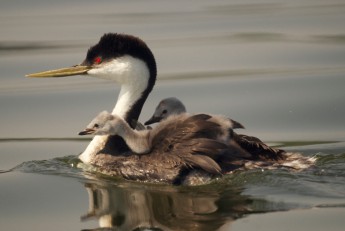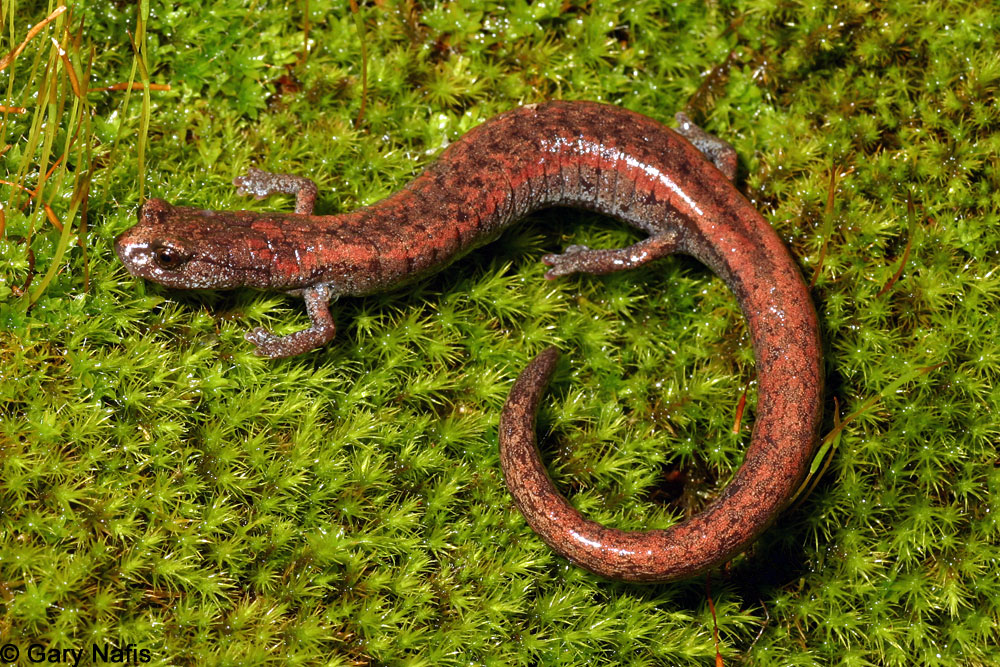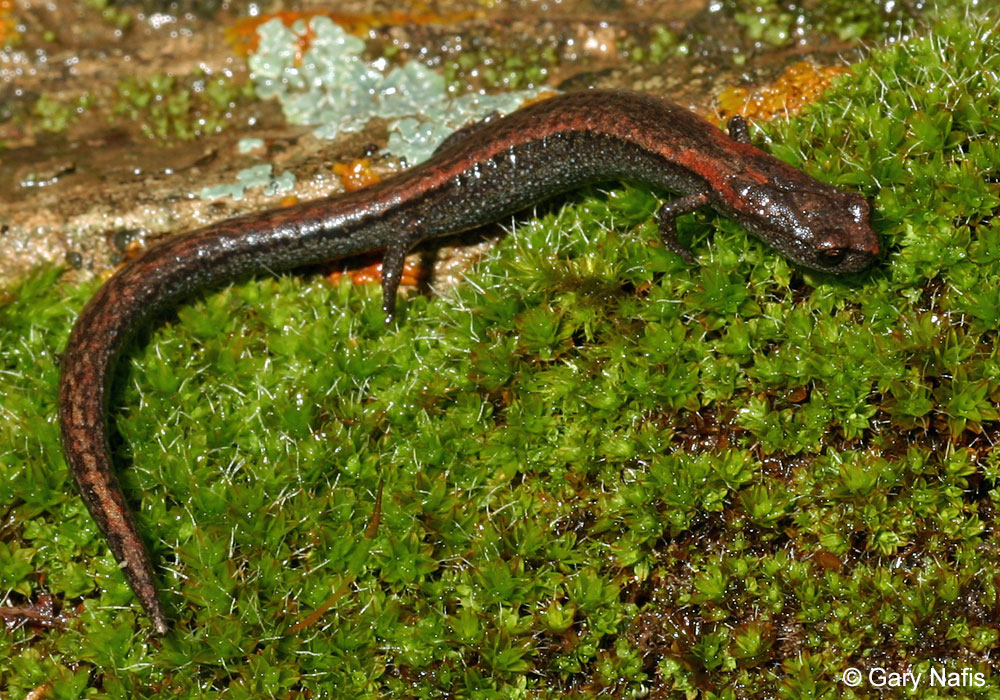Our final region spotlight is the “Central” region, which is the middle of our state from the western Sierra Nevada foothills to the coastal counties of Monterey and San Luis Obispo. Much of this region consists of the San Joaquin Valley which has some interesting facts of its own. Together with the Sacramento Valley, it forms the Central Valley which according to the US Geological Survey, contains 17% of the nation’s irrigated land and produces 25% of our entire nation’s food. This is vital for our food supply but perhaps not for the species that live or had once lived there.
Recall that the California Department of Fish and Wildlife (CDFW) divides the state into 7 functional regions:
- Region 1: Northern
- Region 2: North Central
- Region 3: Bay Delta
- Region 4: Central
- Region 5: South Coast
- Region 6: Inland Deserts
- Region 7: Marine

Our OWCN Member Organizations in this region are:
- Stanislaus Wildlife Care Center (Hughson, Stanislaus County)
- Monterey Bay Aquarium (Monterey, Monterey County)
- SPCA for Monterey County (Salinas, Monterey County)
- Colibri Ecological Consulting (Fresno, Fresno County)
- Pacific Wildlife Care (Morro Bay, San Luis Obispo County)
- California Living Museum (Bakersfield, Kern County)
This region has a very diverse range of habitats from pine forests to naturally dry and artificially irrigated valleys, to coastal areas. As such, it is home to a wide variety of species, many of which are endemic and of conservation concern. Featured below are some of these plus another that is one of my favorites.
There are many salamander species in this region, but two of them are State Threatened and endemic to Kern County. These salamanders belong to the Plethodontid family or the “Lungless salamanders”. They are land dwellers but do not have lungs to breathe, rather they respire through their skin and the linings of their mouth. Because of this, they need a moist environment to keep from drying out. Within this family, are the genus of “Slender salamanders” which have 4-digit hind limbs as a feature which distinguishes them from other salamanders.
The State Threatened Tehachapi slender salamander is only found in the drainage area of Caliente Creek to Ft Tejon in the Tehachapi Mountains. It can have different color variations and look similar to the Black-bellied salamander that is also found in this area but the Tehachapi slender salamander is short and stocky.
The State Threatened Kern Canyon slender salamander can look very similar to the Tehachapi slender salamander but has a different home range in northern Kern County in the Kern River Canyon. When threatened, both these salamanders use defense tactics such as coiling and camouflage, coiling and springing/bouncing around, as well as dropping their tail to distract the predator while they flee.
This region is also home to Kangaroo rats of conservation importance. Although these rats look nothing like the non-native Black rat or Norway rat, other species of native mice and rats may look similar to non-native species. Although not always the case, many species of our native mice and rats often have the characteristics of a more furred, bi-colored tail, white bellies and feet. While sometimes they may not have these features, especially young ones, if they do have them, they are likely native.
The Morro Bay kangaroo rat is only found in south Morro Bay. This State and Federally Endangered species inhabits fine sands among coastal scrub vegetation in relatively open areas. The Fresno kangaroo rat is also State and Federally Endangered and mostly found in southwest San Joaquin Valley. The Tipton kangaroo rat is the third State and Federally Endangered rat that is only found in Kern and Tulare Counties. While these three important rats have the typical furred, bi-colored tails, white bellies, and white feet, they can be difficult to visually differentiate from other native kangaroo rats other than being smaller.
Once down to 22 remaining in the wild, the endangered California Condor has rebounded to an estimated 334 according to the National Park Service. They can be found in other neighboring states and Mexico, but in California they mostly inhabit the mountain ranges of the southwest San Joaquin Valley. A female will lay a maximum of a single egg each breeding season. If she does so, it then takes over a year for that baby to fledge and over 6 years to reach breeding age. Mid-morning as the fog lifts along the cliff lookouts of Big Sur you may be lucky to see one!
The Blunt-nosed leopard lizard is yet another State and Federally Endangered endemic species of this region. This species looks similar to the Long-nosed leopard lizard except for its blunt snout. Once found throughout almost all of the San Joaquin Valley, the extensive conversion of the area to agricultural land has diminished their habitat to small and sparse populations.
The last animals featured for this region aren’t endangered or threatened but are listed as a Species of Special Concern and are very interesting to me. These are the California legless lizards. Because they have no legs, they look and move like very small snakes, but a glance at their head and you can tell they are a lizard. If you look even closer you will see that like other lizards, they have eyelids and external ears!
Some legless lizard species can be quite long, however the ones native to California don’t get much longer than 6 inches. Different species are found from the Central region south into Region 5, however 2 species and 1 subspecies are only found in Region 4. In Kern County there is the Temblor legless lizard and the Bakersfield legless lizard. The melanistic subspecies of the Northern California legless lizard (Black legless lizard) is an inhabitant of the Monterey Bay and Peninsula.
It has been an enjoyable journey covering the different regions. They each have their own unique features and many fascinating animals that live there. I hope to learn even more about these areas and someday see them in person!










